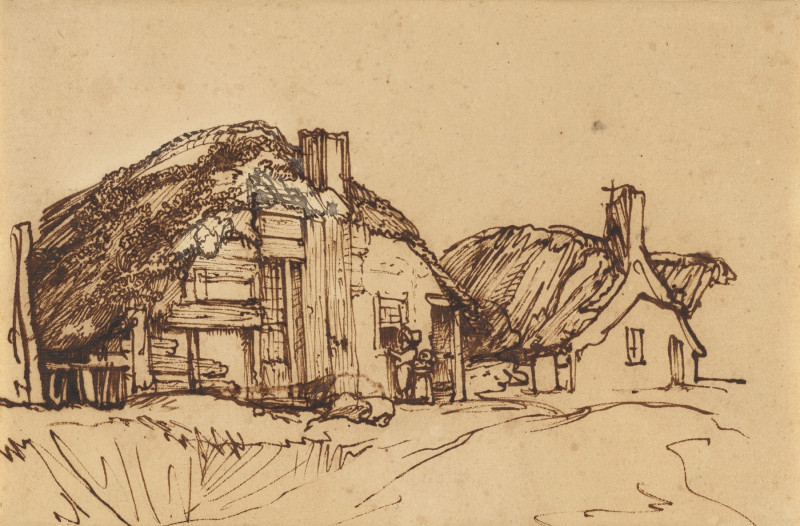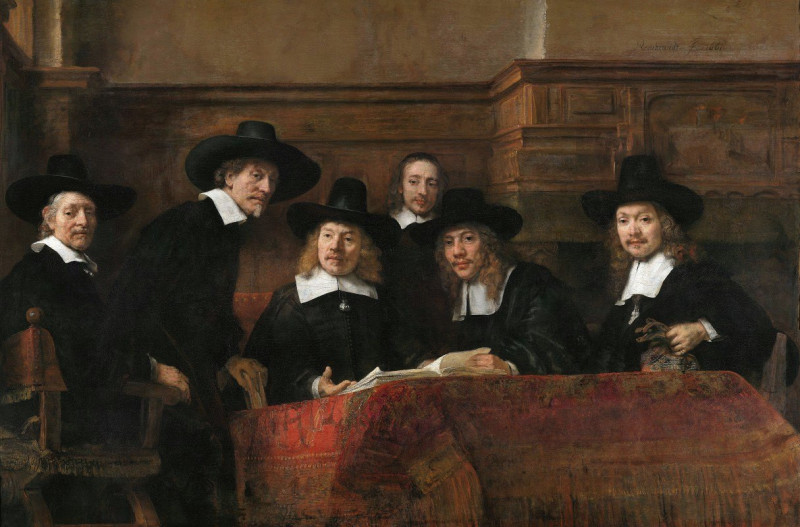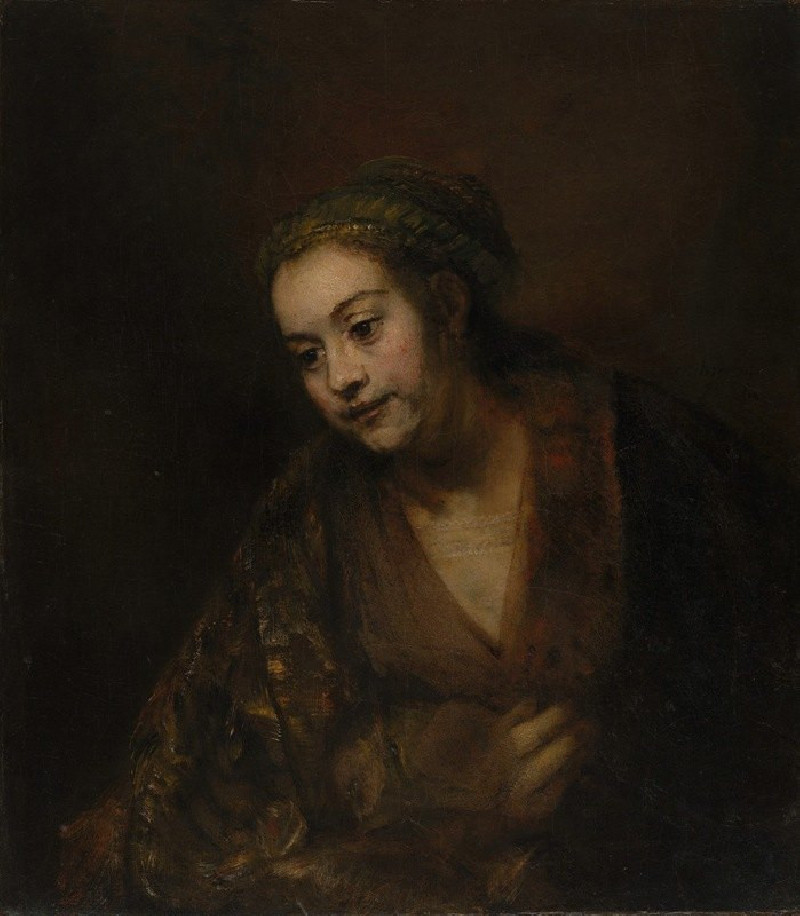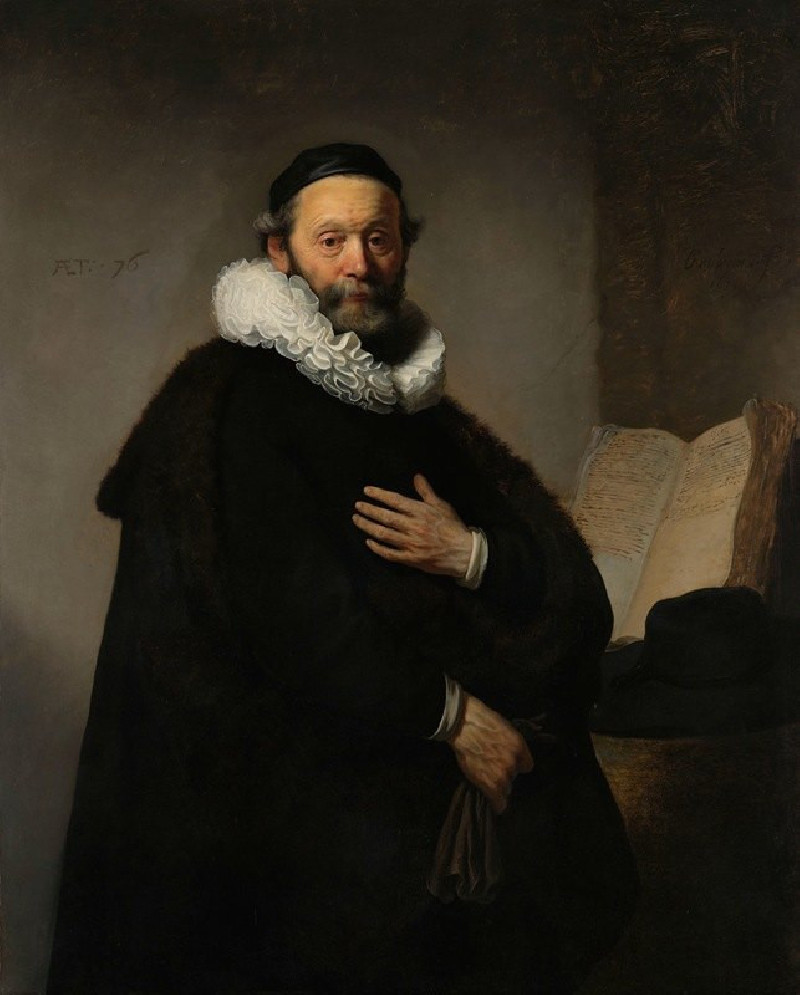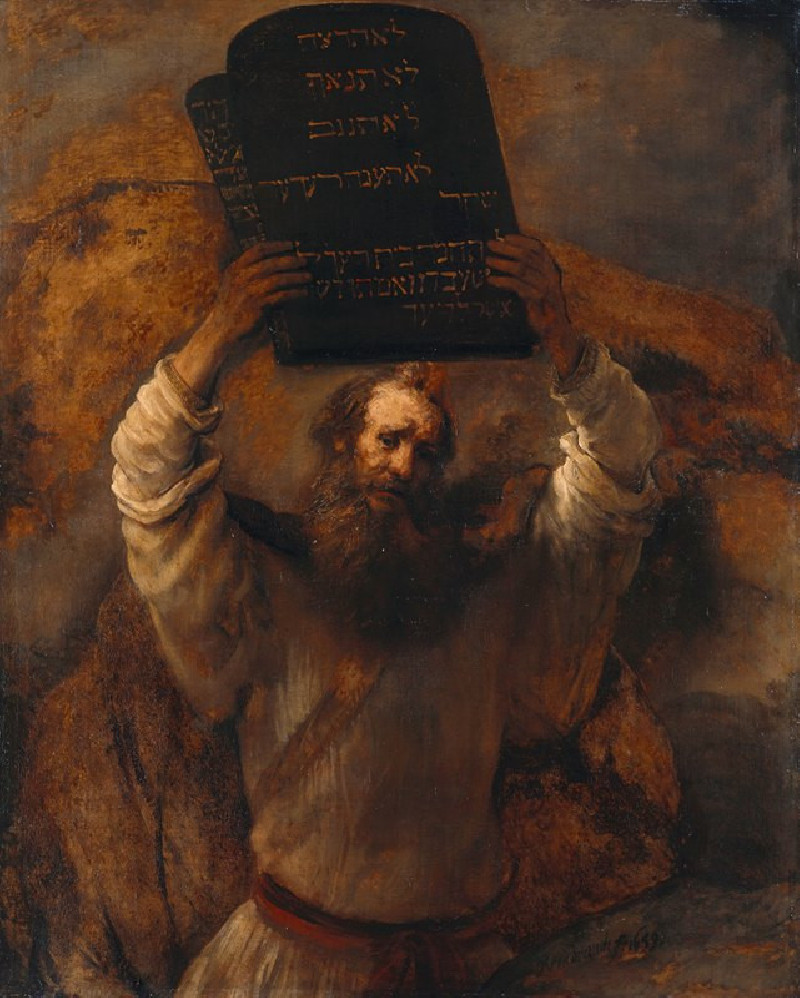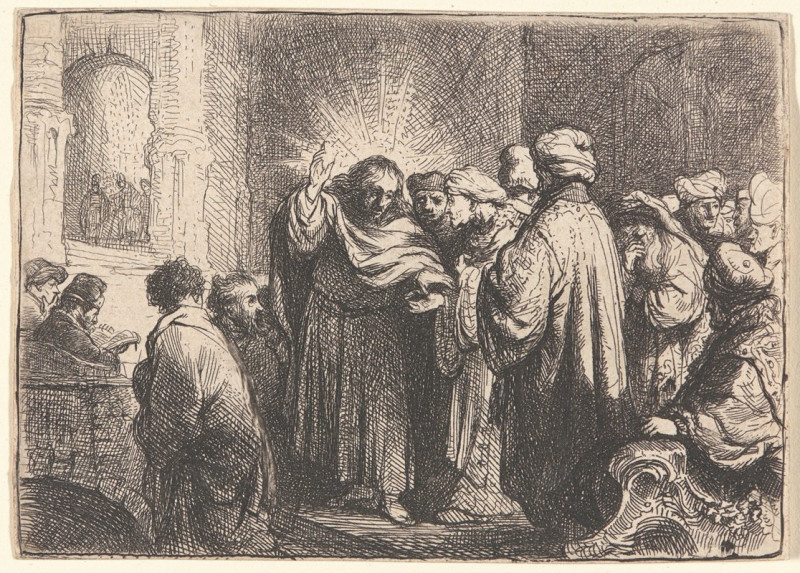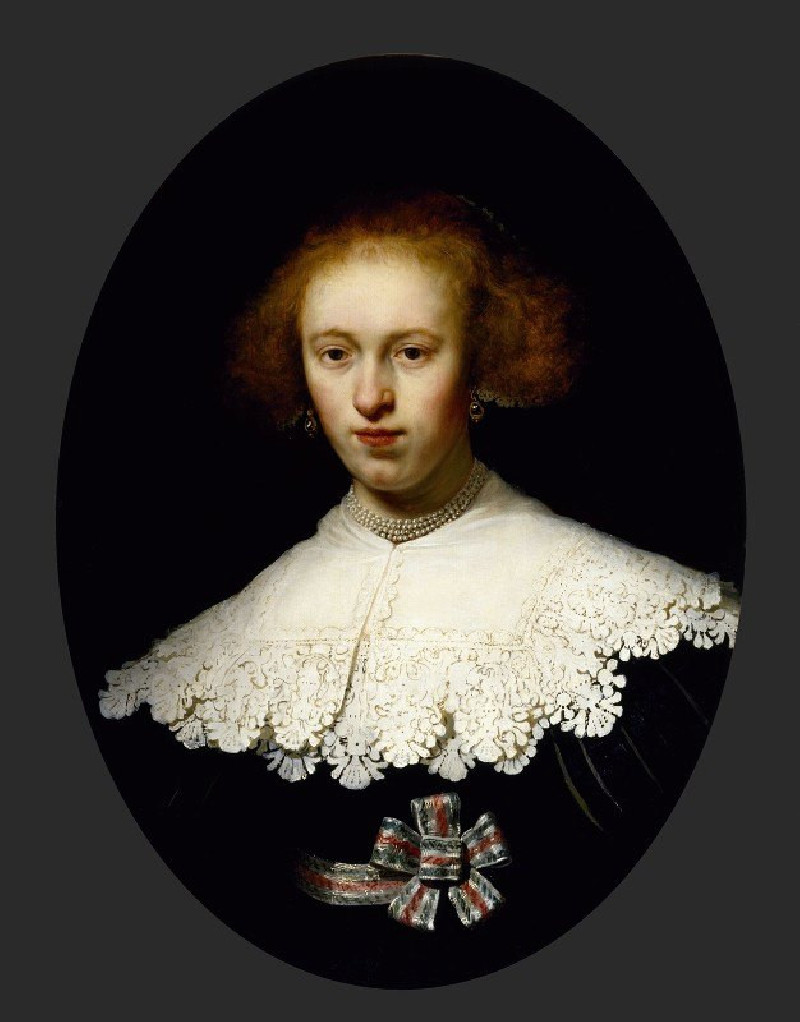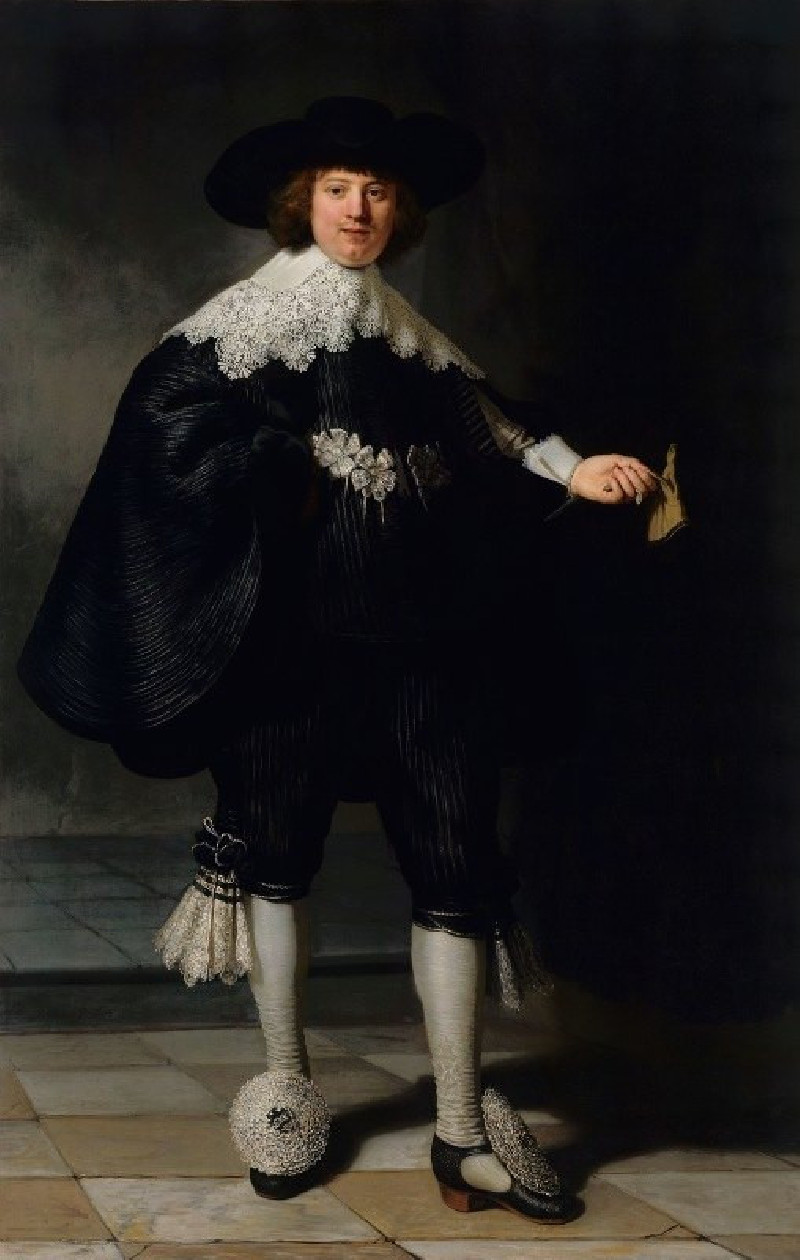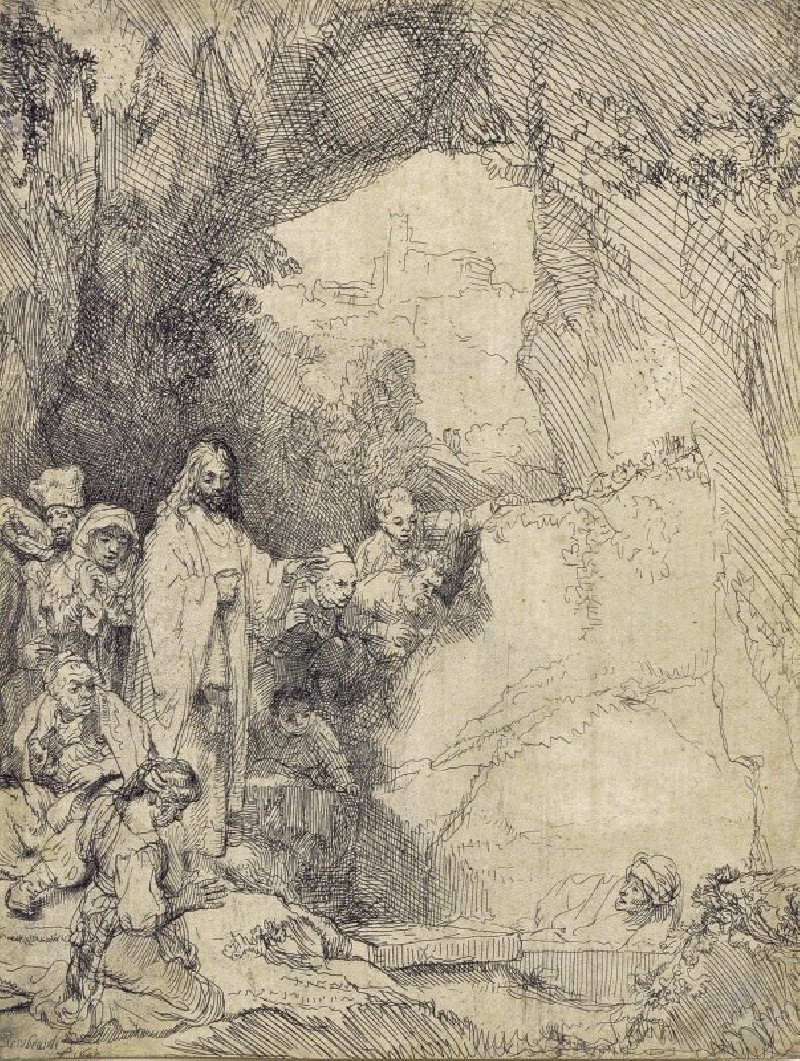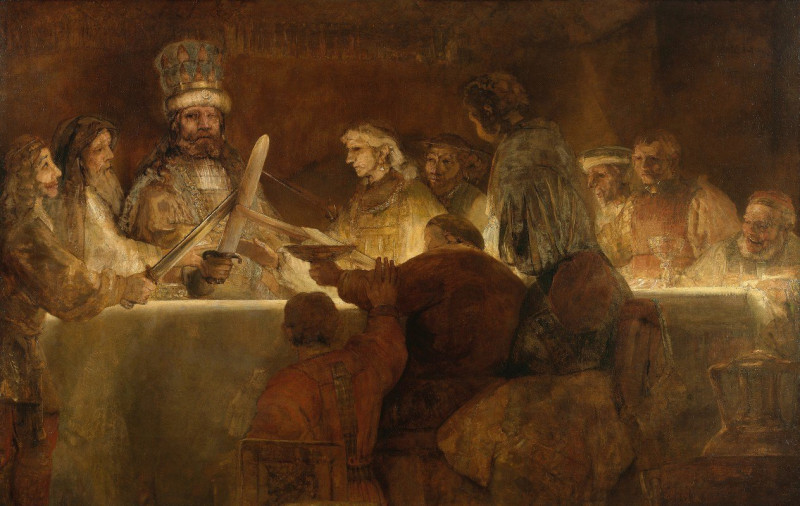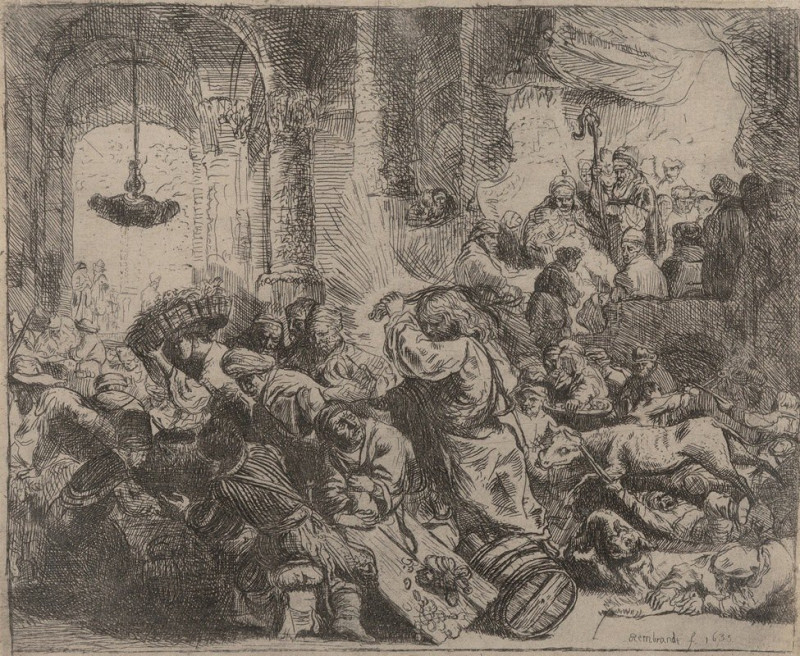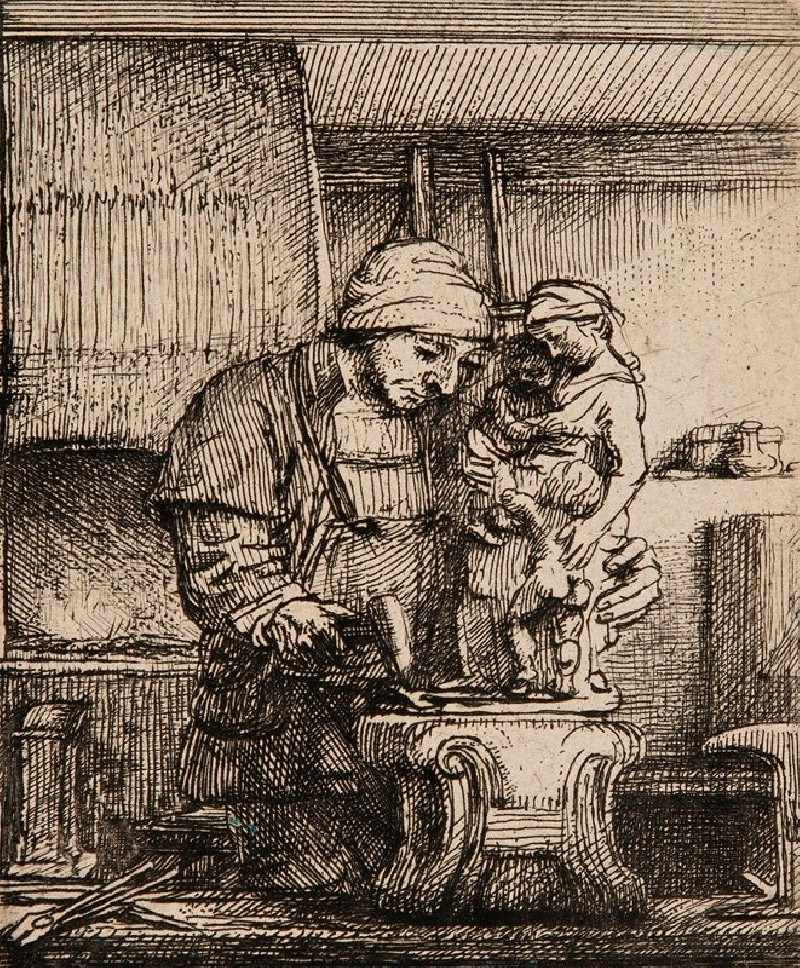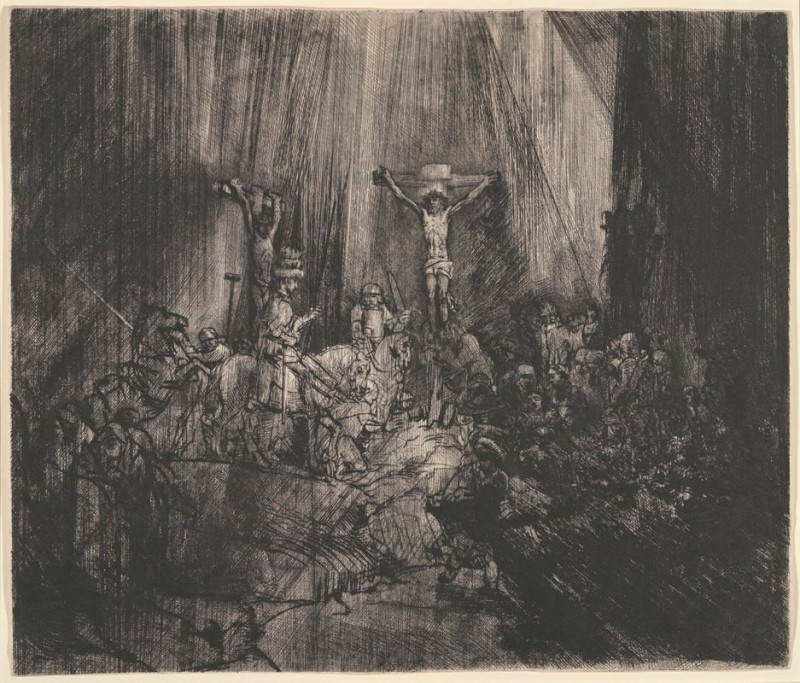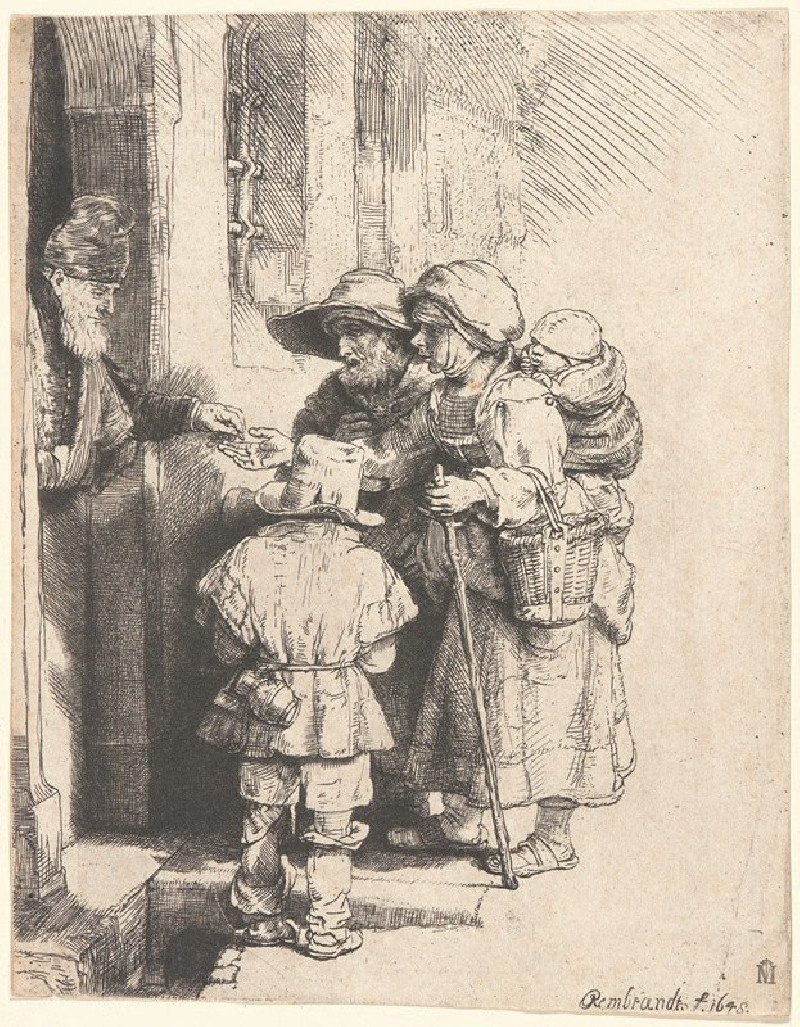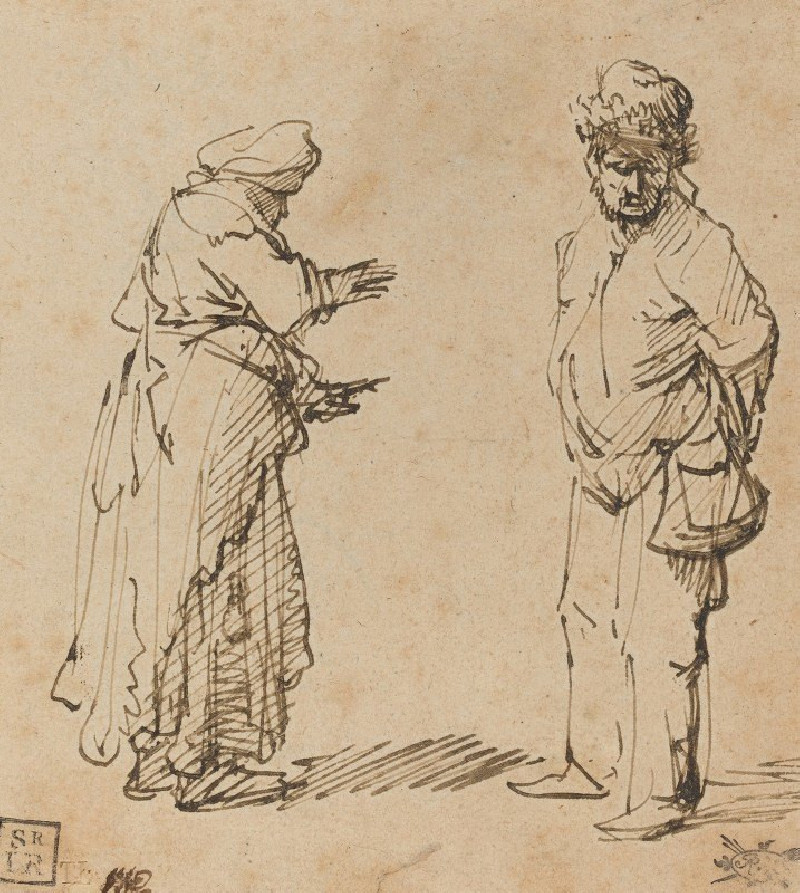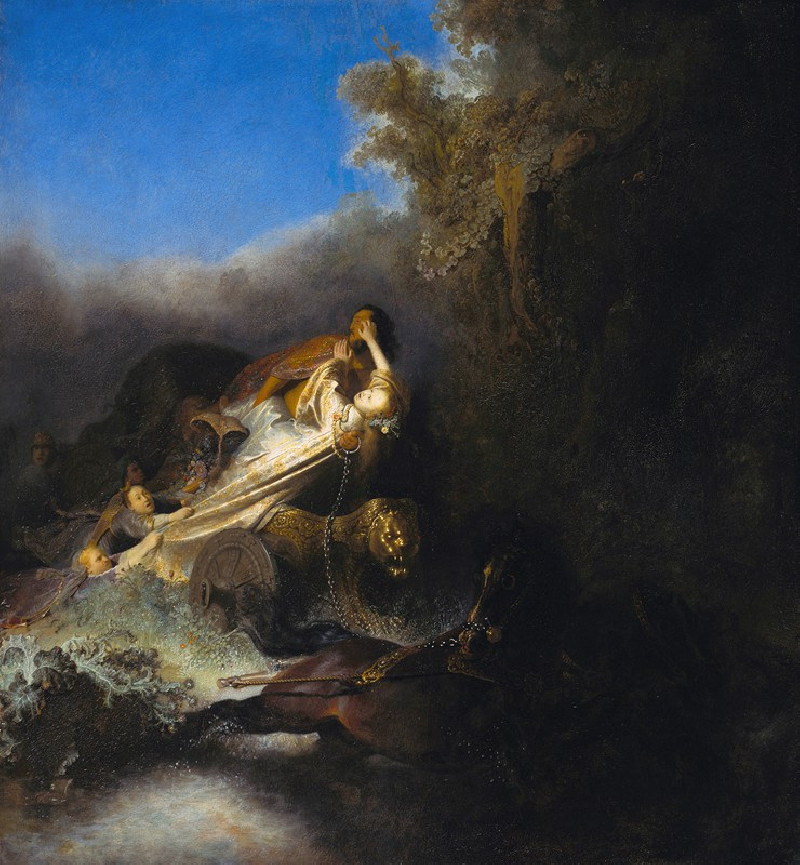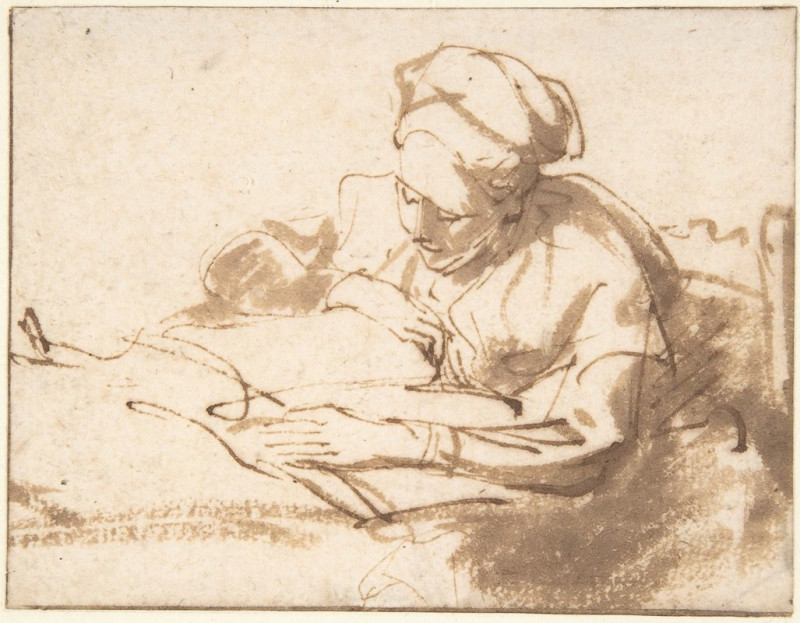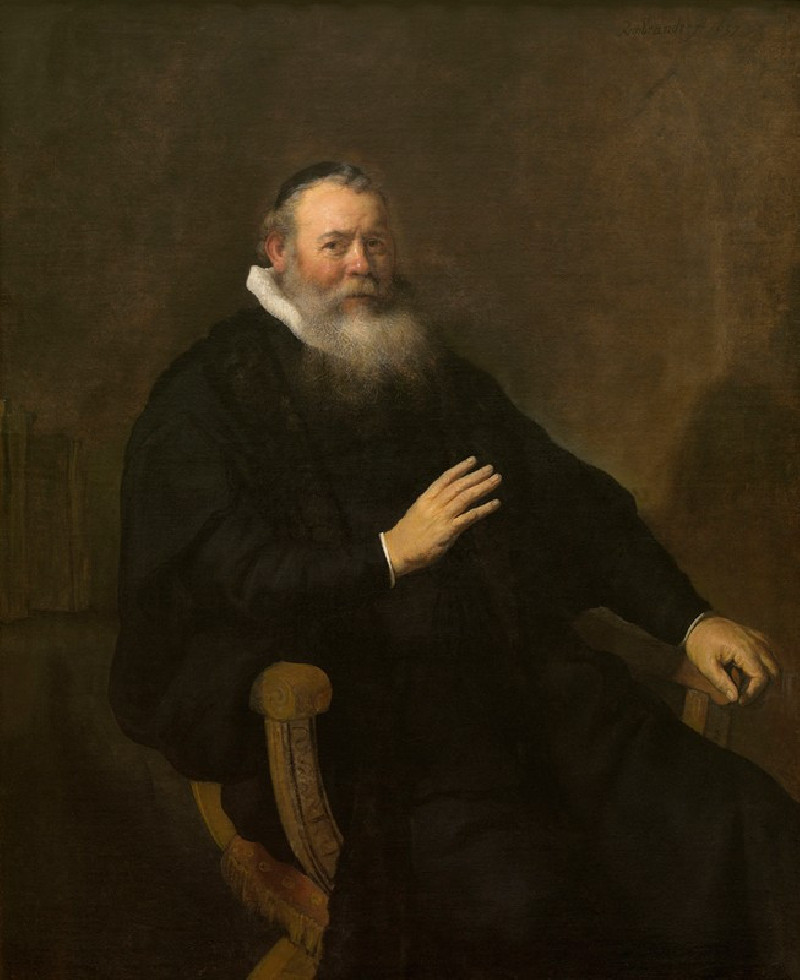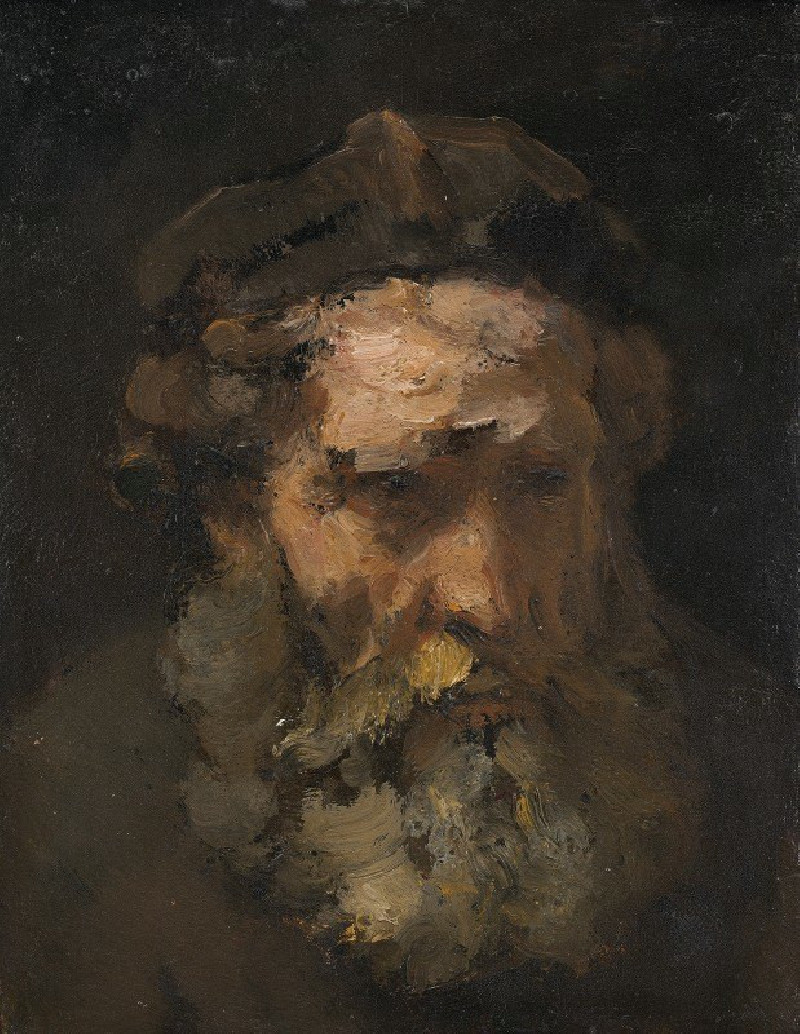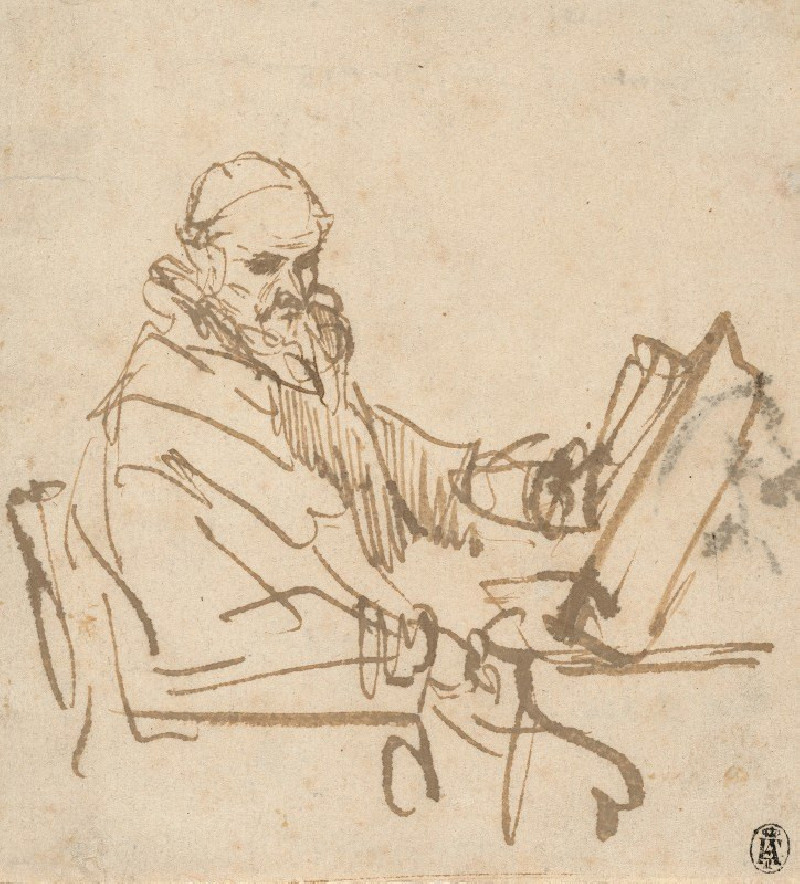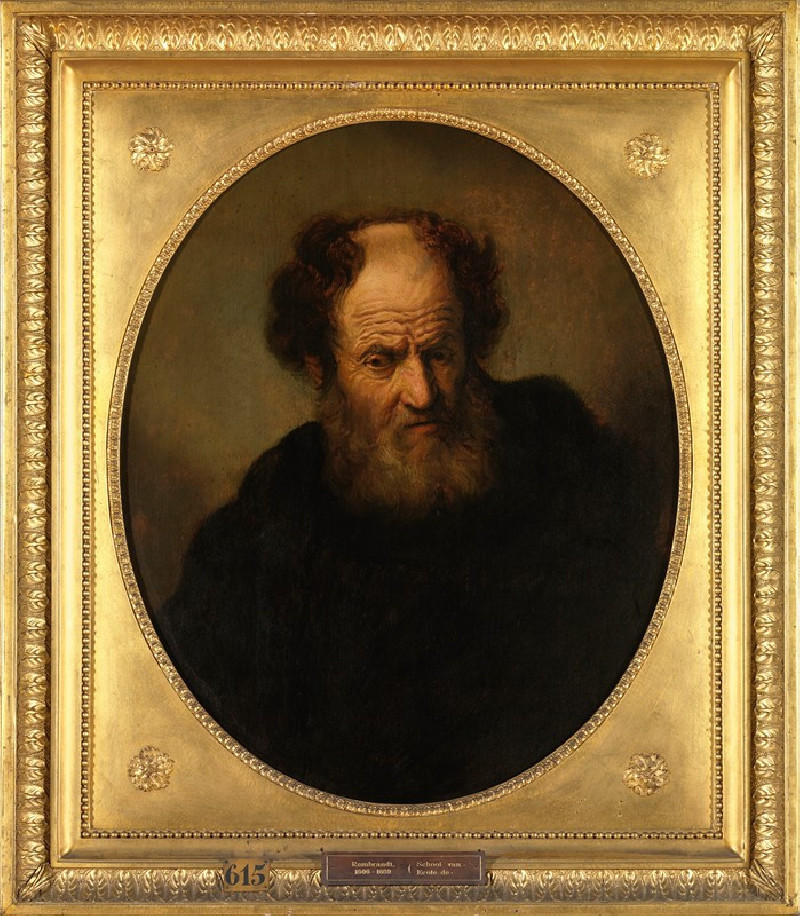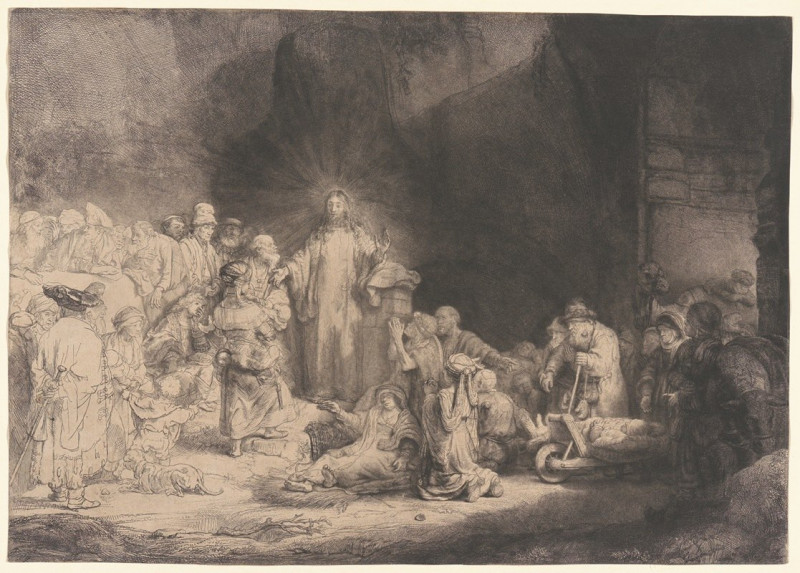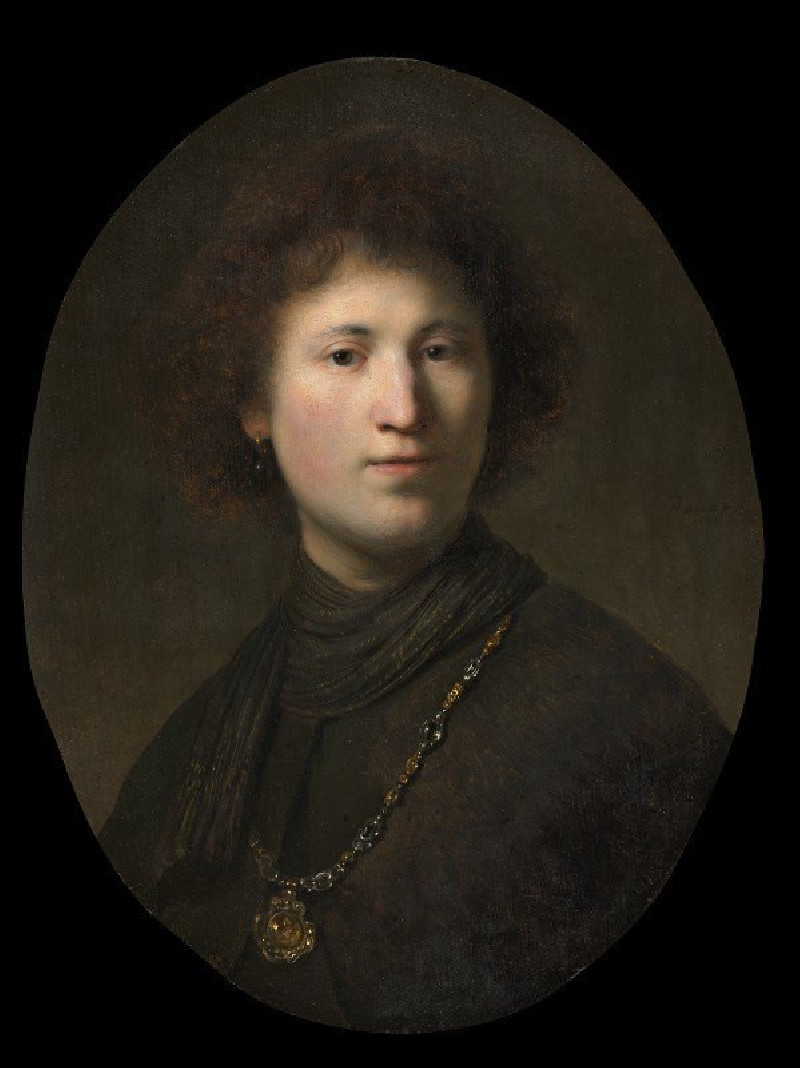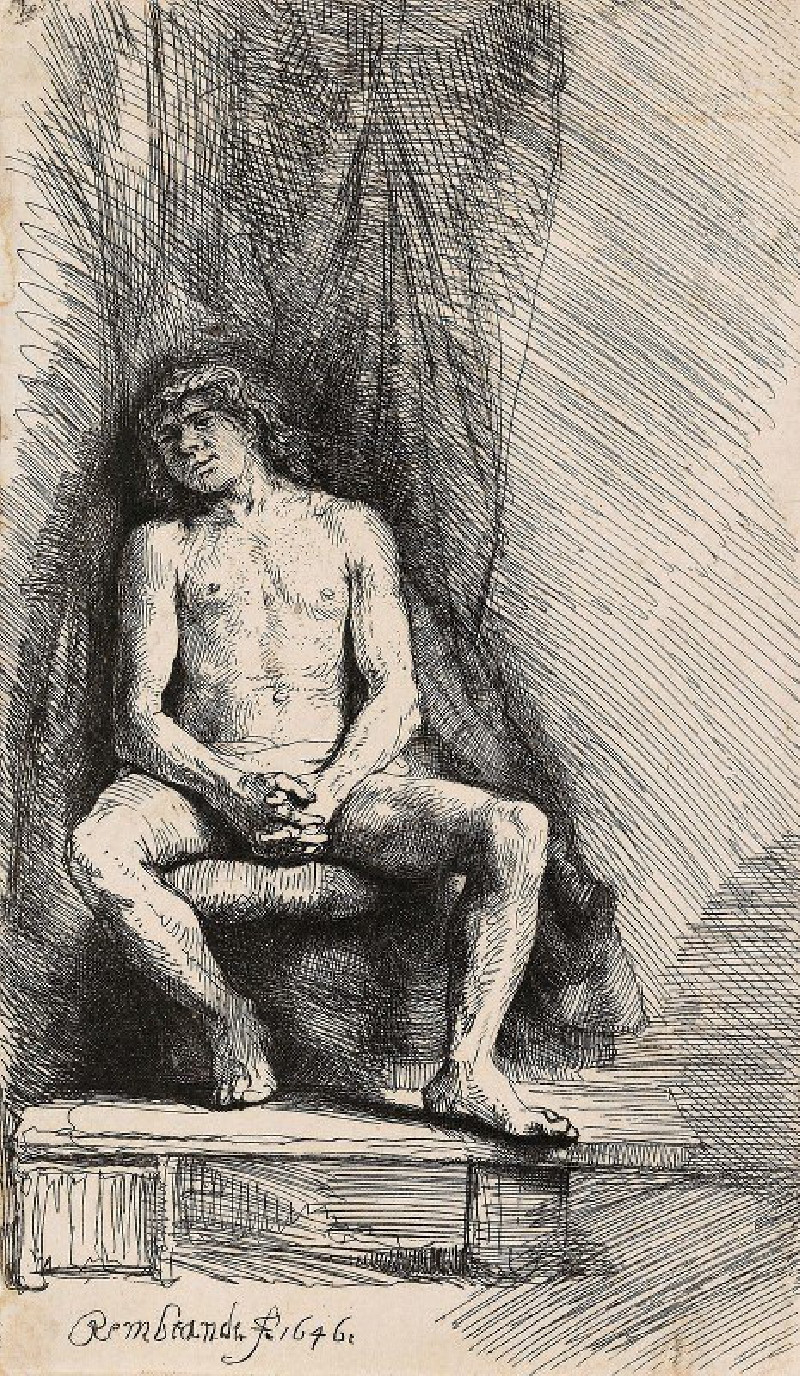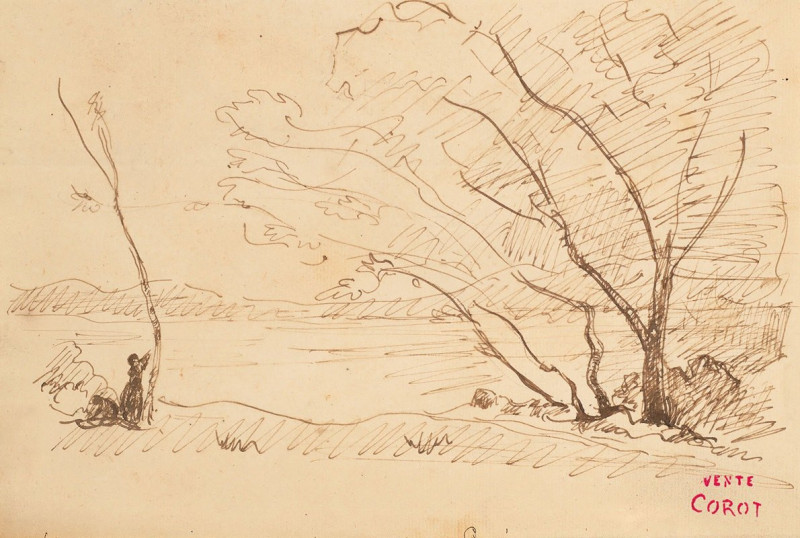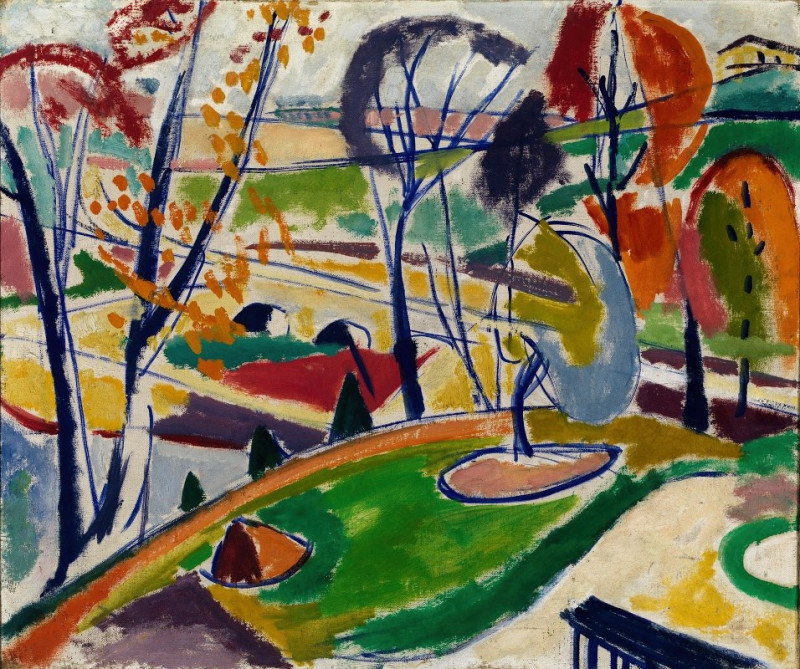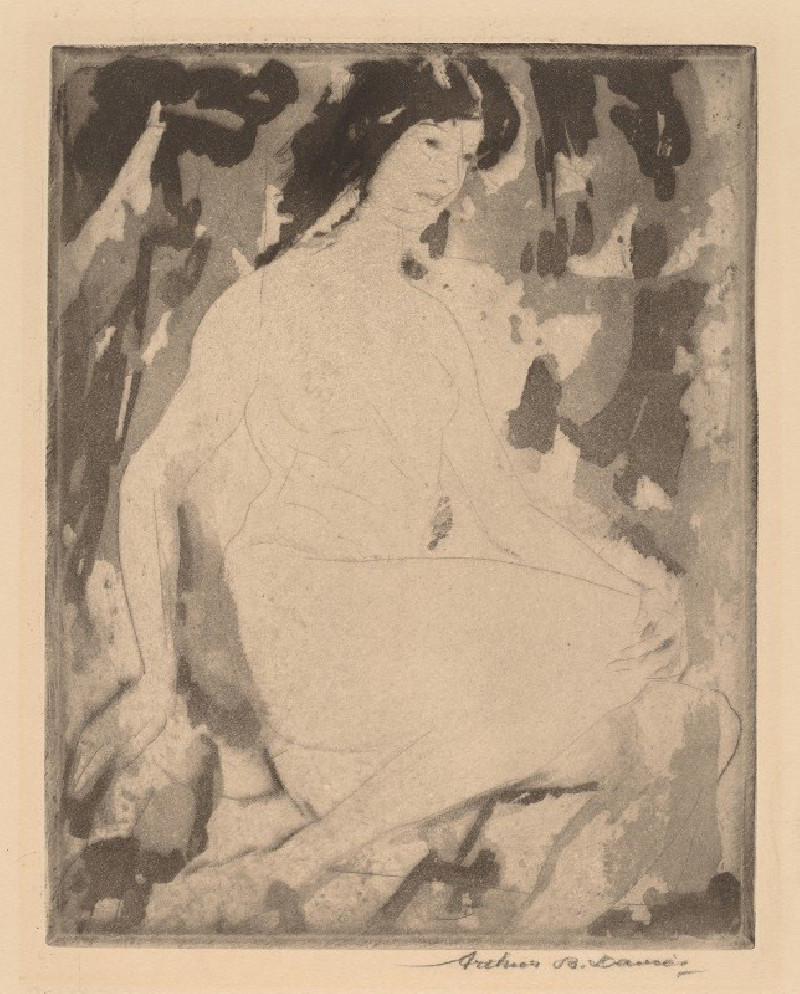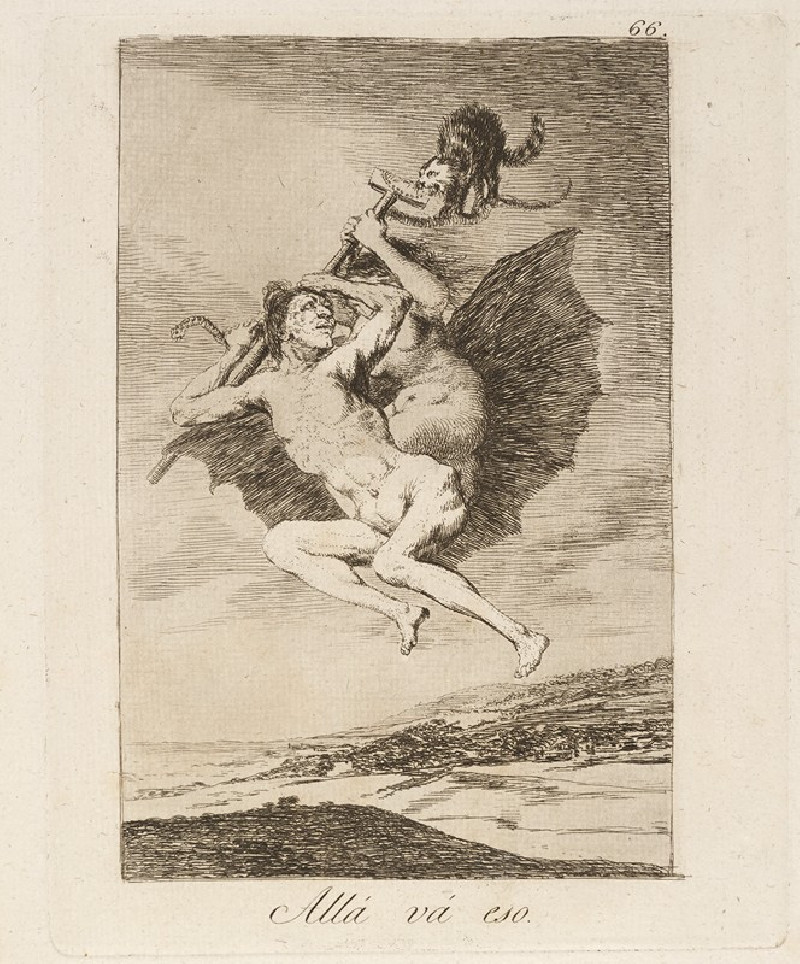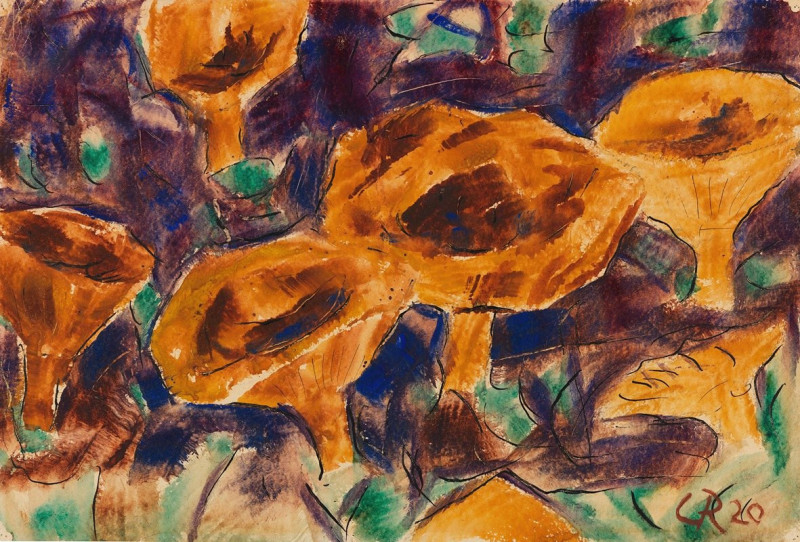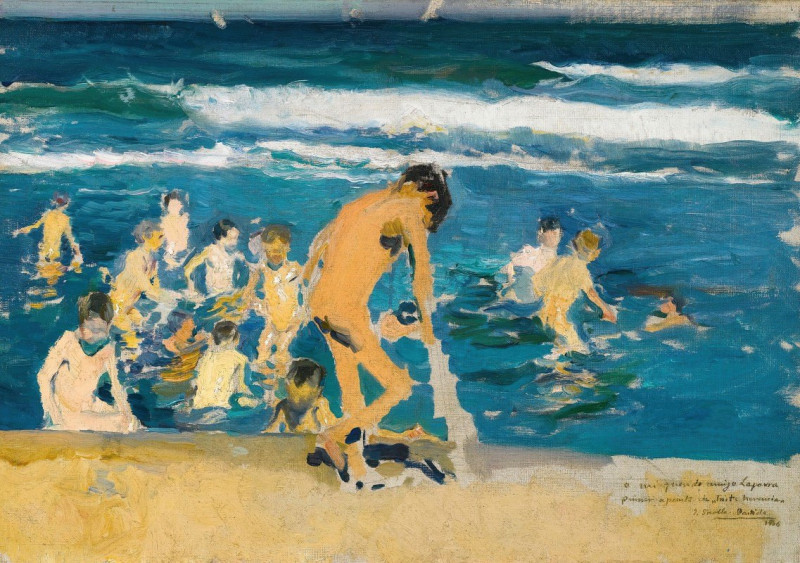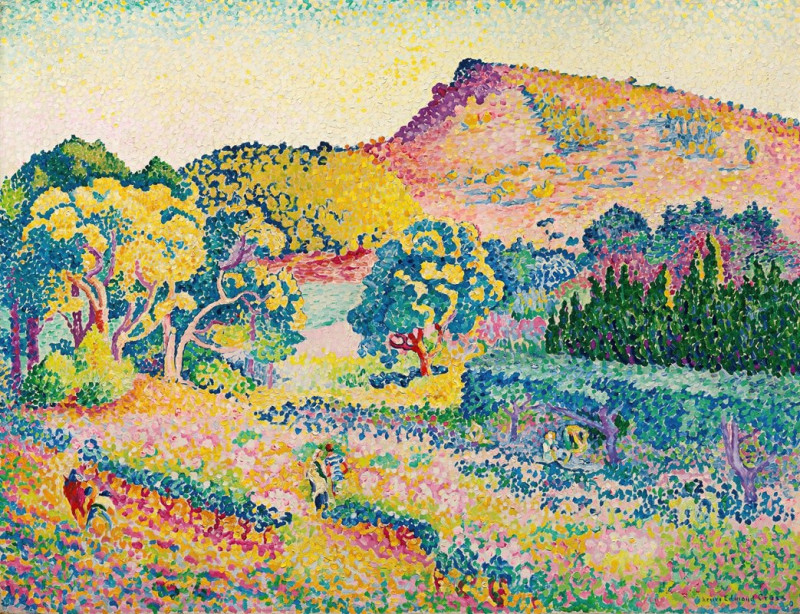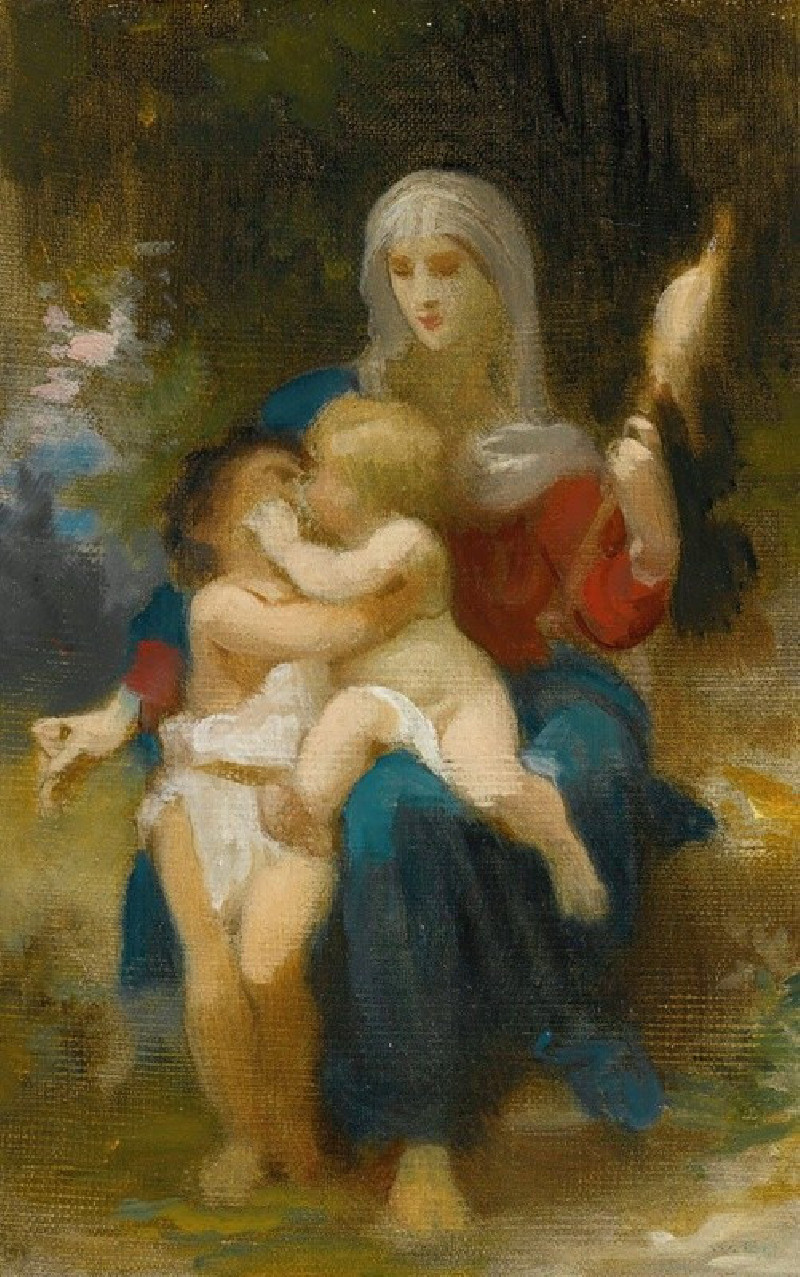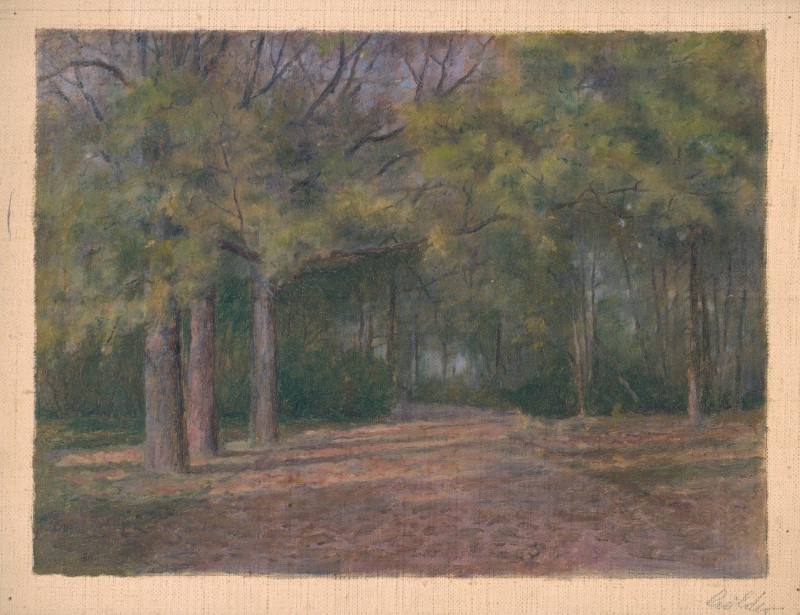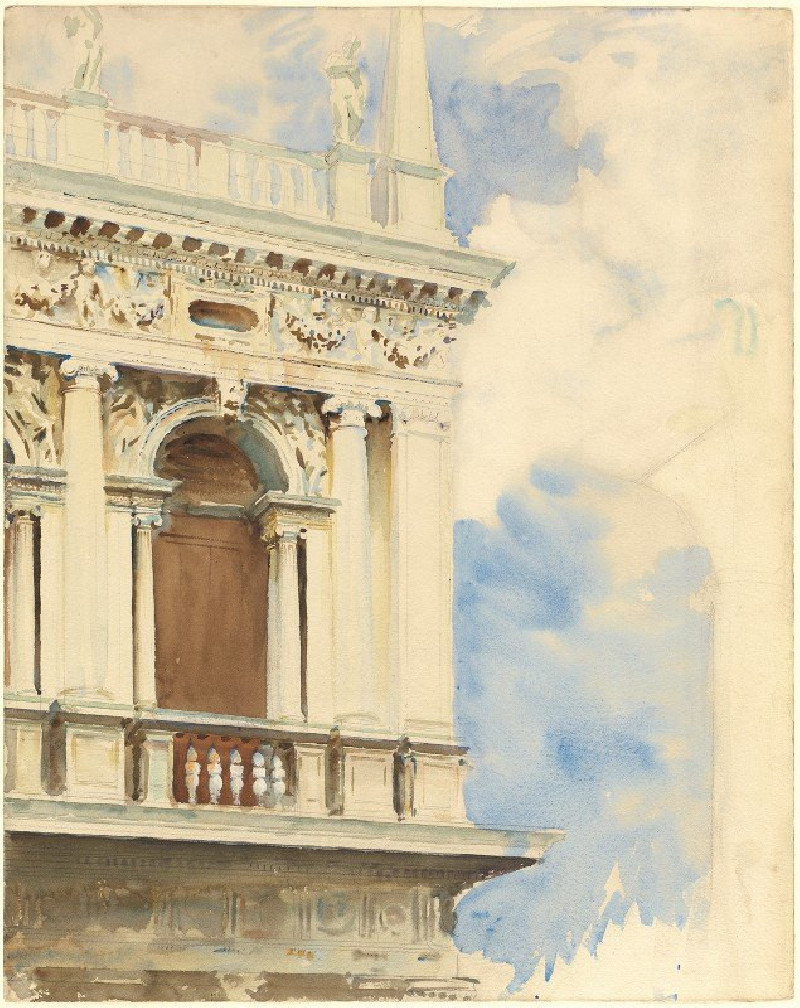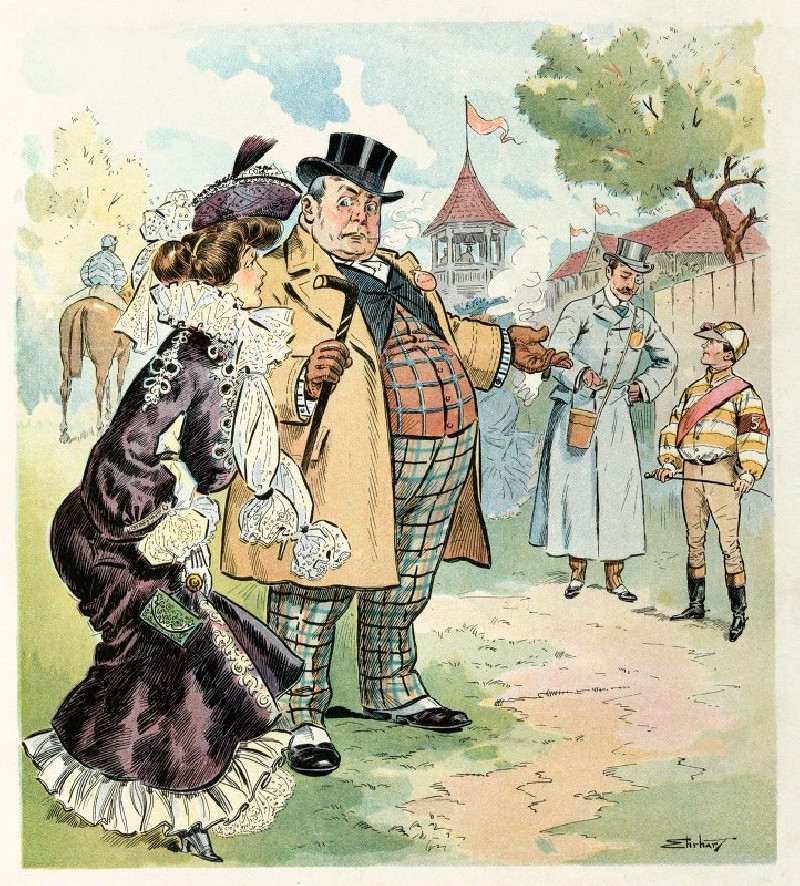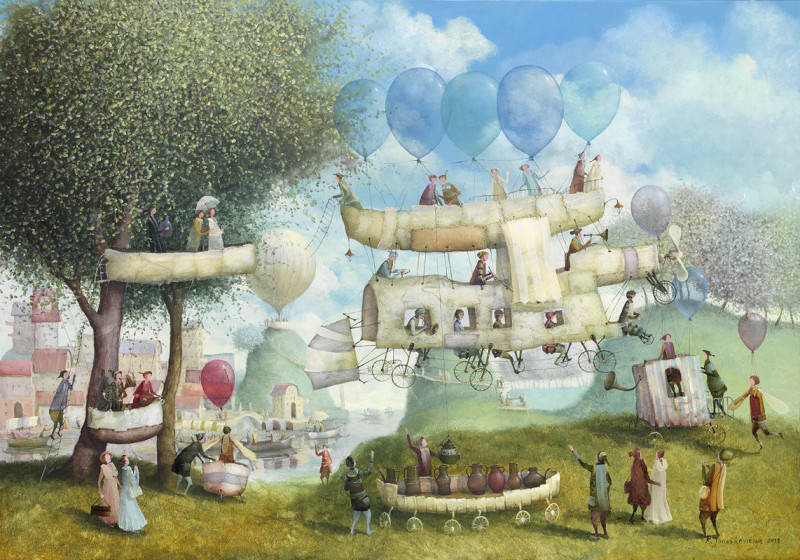Lucretia (1664)
Technique: Giclée quality print
Recommended by our customers
More about this artwork
"Lucretia," painted by Rembrandt van Rijn in 1664, is a poignant representation of the tragic figure from Roman history: the noblewoman Lucretia, whose fate helped spur the transition of Rome from a kingdom into a republic. The painting captures the intense emotion and somber gravity of Lucretia's story.In this work, Rembrandt portrays Lucretia at the dramatic climax of her life. She stands with a determined yet sorrowful expression, holding the dagger with which she will take her own life. Clad in a rich, golden-toned dress detailed with luxurious textures that demonstrate Rembrandt's mastery of light and shadow, her nobility is evident. The fabrics shimmer under subtle lighting, highlighting her regal yet tragic presence.The emotional impact of the painting is profound, with Lucretia's eyes conveying a deep sadness and resignation. Her extended arm and the positioning of the dagger suggest both the decisive moment and her hesitation caused by the immensity of her decision. This depiction not only explores themes of honor and virtue but also reflects the intense personal suffering behind her legendary decision."Lucretia" remains a significant work for its historical context and its representation of human emotion, masterfully rendered by one of the greatest painters of the Dutch Golden Age.
Delivery
Returns
Rembrandt Harmenszoon van Rijn was a Dutch draughtsman, painter, and printmaker. An innovative and prolific master in three media, he is generally considered one of the greatest visual artists in the history of art and the most important in Dutch art history. Unlike most Dutch masters of the 17th century, Rembrandt's works depict a wide range of style and subject matter, from portraits and self-portraits to landscapes, genre scenes, allegorical and historical scenes, and biblical and mythological themes as well as animal studies.


